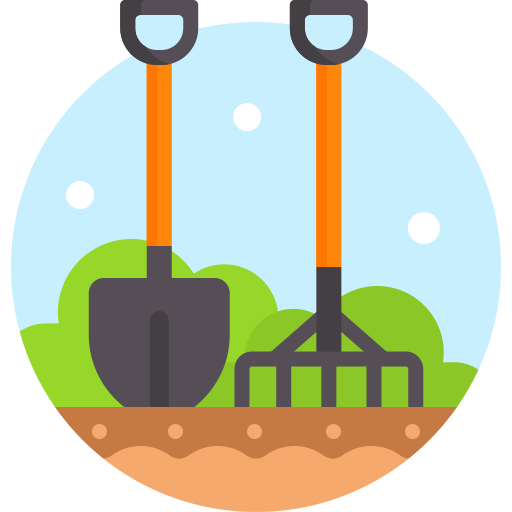These are the end of year tomatoes that didn’t have a chance to ripen on plant. If OP has a decently long growing season, they probably harvested a few multiples or that. For example, bandywine tomatoes weigh in at 1-2 pounds each and one plant will produce… quite a few tomatoes.
Sauce: I grow tomatos in my garden too








It’s probably a design patent, which is more style focused and helps prevent knockoffs.